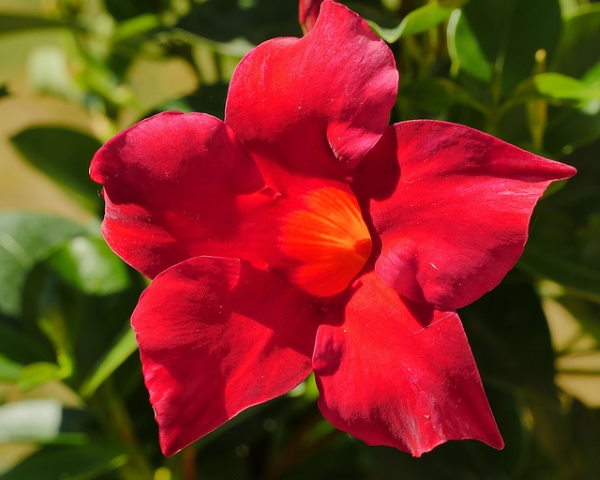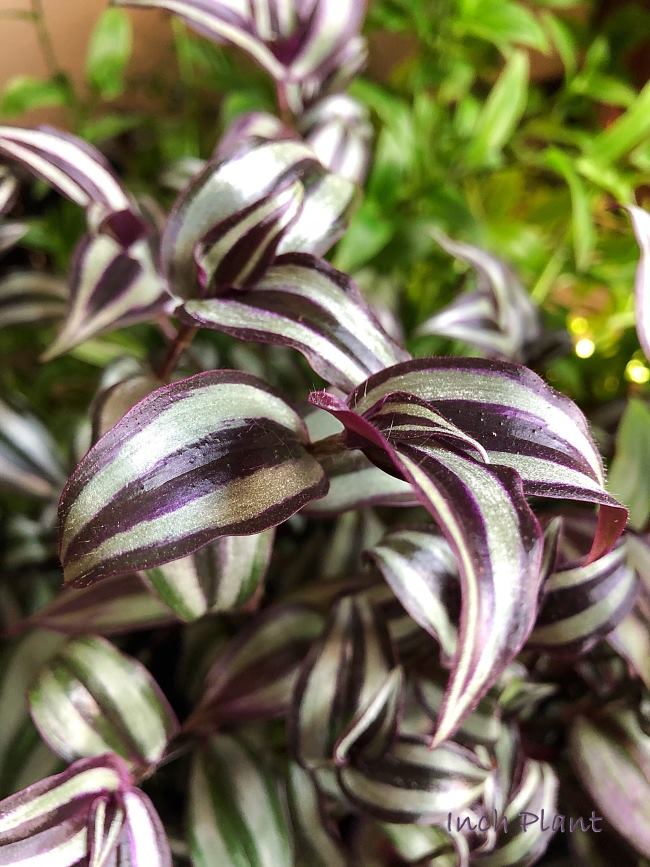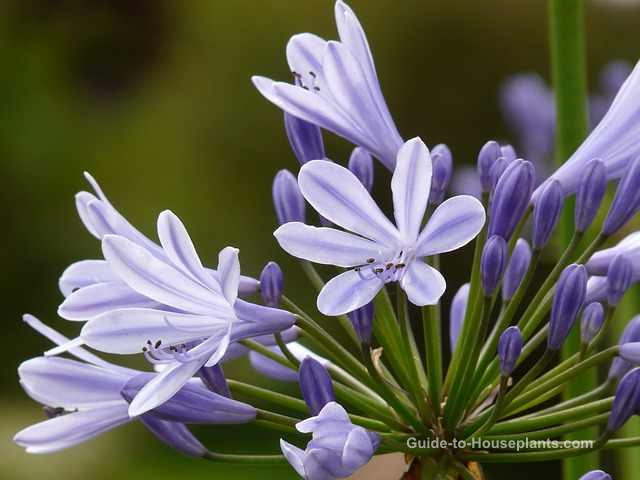Thrips: How to Identify and Get Rid
of These House Plant Pests
What They Look Like
Thrips are thin, black insects with feathery wings. They're tiny and difficult to see unless disturbed, hopping quickly or flying away.
They're not common on indoor plants. More typically found in the outdoor flower garden, they can hitch a ride indoors on plants, people and pets. Once inside, they have no choice but to feed on your house plants. They multiply quickly, so it doesn't take long before you have a large infestation on your hands.
Their young are yellowish and wingless.
Where to Find Them
Green Thumb Tip
Cleaning your plants regularly does double-duty. You're not only removing dust -- you can prevent insects from taking up residence on your plant.
Use a clean cloth for each plant to avoid giving bugs a ride from one plant to another.
These insects suck plant juices with their needle-sharp mouthparts, causing a great deal of damage to plants. They feed on both leaves and flowers.
Thrip larvae is on the surface of the soil, so be sure to treat the soil, too.
Thrips damage is worst in hot, dry conditions. Obvious signs of infestation are silvery streaked areas on leaves and dark spots on flowers.
Check your house plants regularly and treat any infestation as soon as you notice it. Insects manage to reproduce quickly, and with a large population, will do a lot of damage.
How to Get Rid of Thrips
Isolate the plant so they don't move on to your other plants. Prune any heavily damaged leaves or flowers.
The easiest way to remove these insects is to wash them off with a fine spray of water. It's a good idea to spray your plant again after a few days.
If that doesn't do the trick, there are other non-toxic treatments that will work. Use Bonide® Insecticidal Soap
made for indoor plants. Spray every 2-3 days for 4 weeks or as needed. Make sure your plant
is listed on the product label. Read the label carefully and follow the manufacturer's directions for use.
Neem oil, such as this Neem Oil Spray
is effective in getting rid of thrips. Neem oil doesn't kill them immediately -- it causes
them to stop feeding so that they die.
Blue sticky traps placed near the plant are also a good option. Although many other pests are drawn to yellow sticky traps, research shows thrips are attracted to bright blue.


